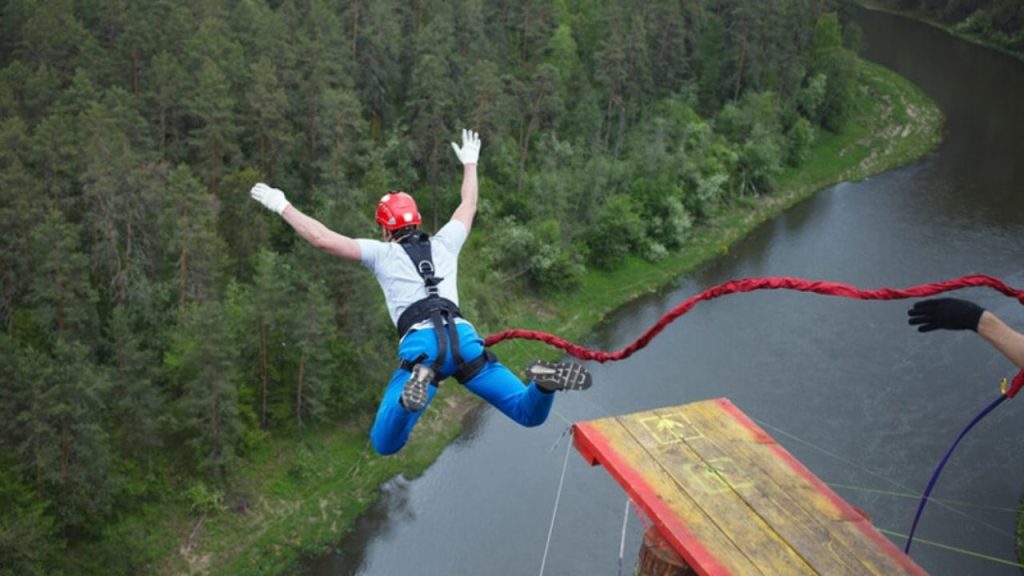Action sports, adventure sports, or extreme sports are activities that are perceived as having a high level of risk involved. These activities often entail speed, height, intense physical exertion, and specialized equipment. Extreme tourism and extreme sports share a common attraction, which is the adrenaline rush generated by the element of risk, although they differ in terms of engagement and professionalism.
The exact definition of extreme sports is not clear, and the origin of the term is uncertain. It gained popularity in the 1990s when it was used by marketing companies to promote the X Games, and with the launch of the Extreme Sports Channel and Extreme International. Dr. Rhonda Cohen’s commonly used definition from research describes extreme sports as “a competitive activity in which the participant faces natural or unusual physical and mental challenges, such as speed, height, depth, or natural forces, requiring fast and accurate cognitive perceptual processing for a successful outcome” (2012).
While the term “extreme sport” is now widely used to describe various activities, there is ongoing debate about which sports should be considered “extreme.” However, there are several characteristics that are commonly associated with extreme sports. They tend to attract a younger demographic, although they are not exclusive to youth. Extreme sports are often not included in school physical education curricula. Furthermore, extreme sports tend to be more individualistic compared to many popular traditional sports, although there are exceptions such as team-based activities like rafting and paintballing.
Activities classified as extreme sports by the media differ from traditional sports due to the higher number of uncontrollable variables involved. These variables are often related to weather and terrain, such as wind, snow, water, and mountains. Since these natural phenomena cannot be controlled, they inevitably influence the outcome of the activity or event.
In traditional sports, athletes compete against each other under controlled circumstances. While it is possible to create controlled events like the X Games, there are environmental variables that cannot be standardized for all athletes. For instance, snow conditions for snowboarders, rock and ice quality for climbers, and wave height and shape for surfers all vary.

While traditional sports often rely on objective judging criteria such as distance, time, or score, extreme sports performers are often evaluated based on more subjective and aesthetic criteria. This leads to a tendency to reject standardized judging methods, with different sports adopting their own standards and the flexibility to evolve with new trends or developments in the sports.
When attempting to classify extreme sports, some argue that both “sport” and “extreme” elements must be present. The participant should possess significant skill and/or physical ability to avoid poor execution of the activity, and the poor execution should entail a significant risk of serious physical harm to the participant. Based on this definition, being a passenger in a canyon jet boat ride would not qualify as an extreme sport as the skill required pertains to the pilot, not the passengers. In such cases, the term “thrill-seeking” may be more appropriate than “extreme sport” or “action sport.”
